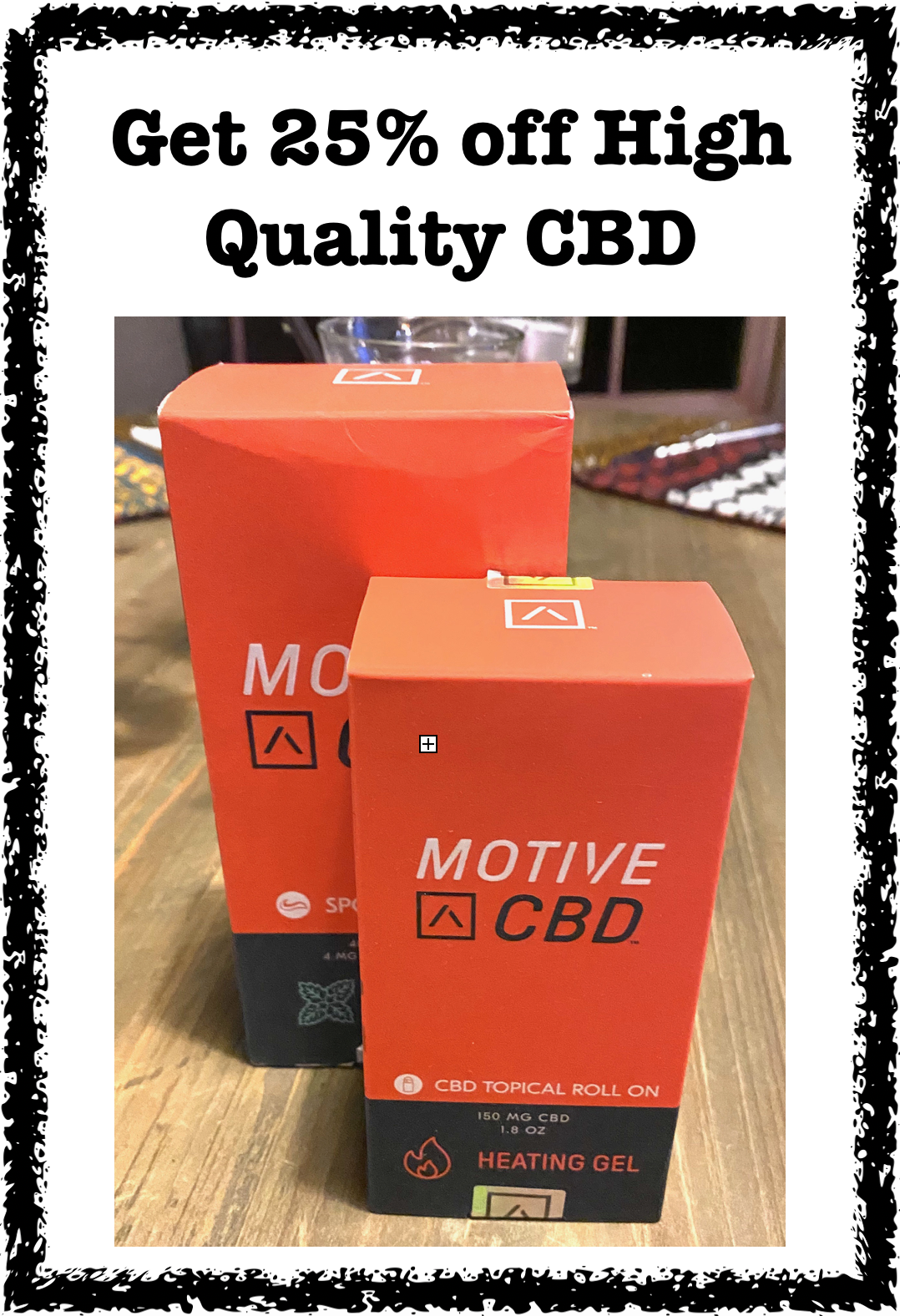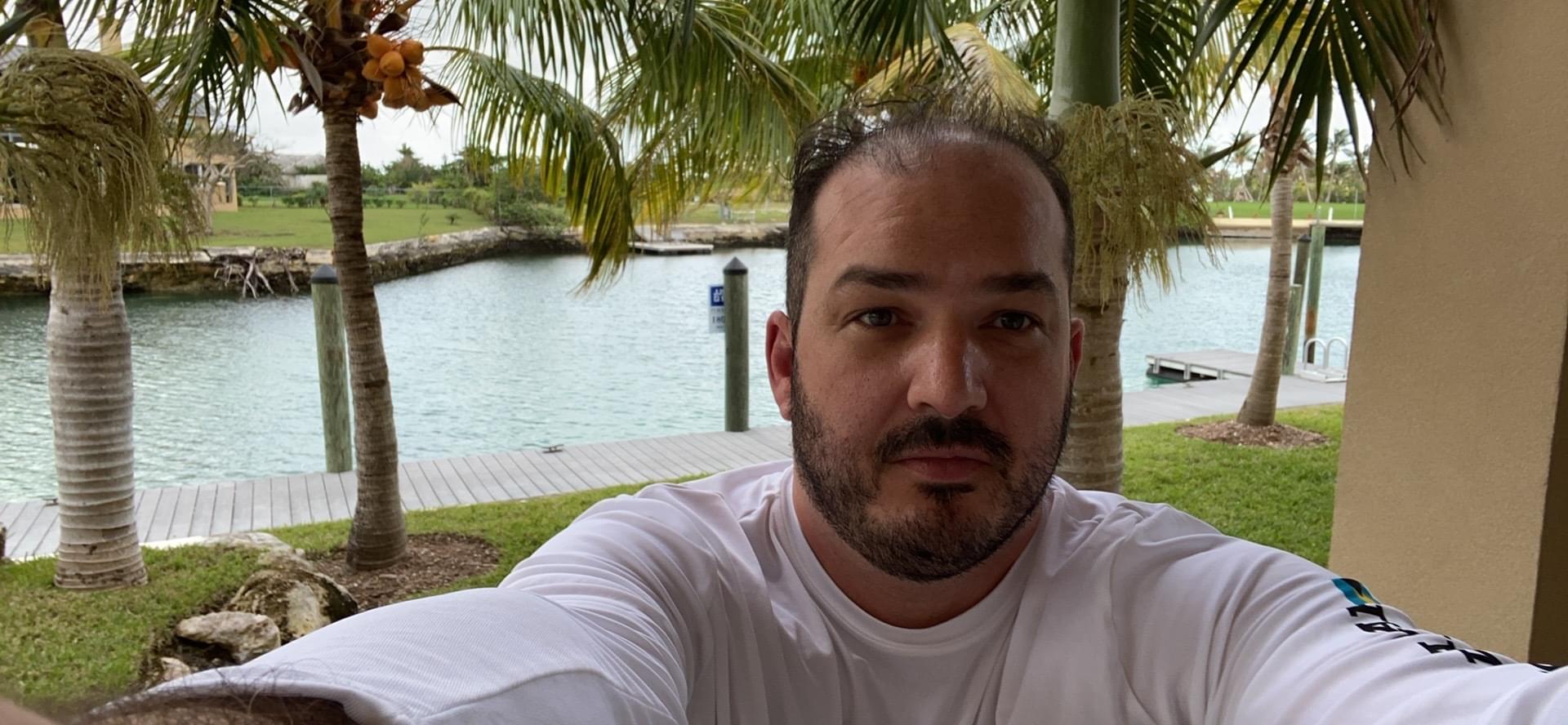Like many people, my Covid summer was far from usual. I was anxious about finding work. I live in Orlando, Florida. By August, much of Floridian life was getting back to normal. Restaurants were open. I was actually happy to see Florida traffic getting back to normal because it meant that people were getting back to work.
It was the beginning of August when I got a call from my hometown of Columbus, Ohio. Some friends of mine asked for me to help them with their hemp crop. It was their first year. You can imagine that a first year of anything with regard to business can be stressful. I was told that they were short staffed and a lot was weighing on having a productive and healthy crop.
I knew nothing about growing hemp. Or farming. Even manual labor. Suffice to say that I had no idea of what to expect. If I had tried to imagine I would have been just as surprised.
A few days later I was in Ohio, walking into the hemp field. The field was about 6 acres. The first thing I noticed was the smell. I’ve walked through plenty of fields filled with corn, soy and even wheat. None of these crops leave off a scent. I liked the smell. For anyone familiar with the smell of marijuana, you could expect the smell of a hemp field to be familiar.
We’ve talked about smells. Now let’s talk about sounds. Upon first arriving into the field at 8am, one can hear the sound of the water pump next to the nearby pond. This segues us into one of the key elements of hemp farming; water. Big surprise that a living organism like hemp not only needs water, but it needs water constantly and timely. It may be obvious that not enough water will lead to malnurishment and even disease.
What may surprise you is that too much water brings about its own set of problems. First of all, water not only makes the hemp plants grow, but it also helps unwanted weeds grown in between the rows of crop. The solution to this is to continuously cut the weeds around the plants as quickly as the grow. Another problem with too much water is fungus and other diseases. Pesticides help with this. However, it is best to have a plan for how much water to give your plants to balance the pros and cons. Typically, spending on the rain, we would run the water pump for about two hours daily.
We had about seven people working in the fields on a daily basis. The jobs would vary. One person would inspect the plants. Another would spray pesticide. Others would pick off dead leaves. Because I was bigger than most of the other people, I often handled the weed whacking equipment. I would try to cut about 10 rows a day out of fifty.
Up to this point what I’m describing is the typical summer day before harvest. That being said, when harvest begins life gets very busy. Motive CBD is owned by a holding company with corporate offices; a family business. When harvest came, everyone from the corporate office came to help. To be clear, this includes CEOs, accountants and lawyers. I’d also like to mention that harvest occurs when the weather gets colder, a “cold” fact that I particularly noticed being a resident of Florida. #badjoke
The first job is to take the plants out of the ground. Then would would hang the plants so that they would dry out. To help speed up the drying process, we would hang the plants in barns where we would have dehumidifiers.
Once the plants are dry, the next step is to remove the leaves from the stems. The leaves and buds are the part of the plant that contain the ingredients for the products sold. In my opinion, taking leaves/buds off of the stems can be either the easiest part of the process or the most painstaking. For a few weeks, and YES a harvest can take up to a month, we pulled the leaves off by hand. This was awful and time consuming.
Then one day we decided to rent a machine from another company. The machine literally pulls off the leaves and throws them into a large bag. After painstaking work by hand I decided that this machine was my favorite mechanical device in the entire world.


